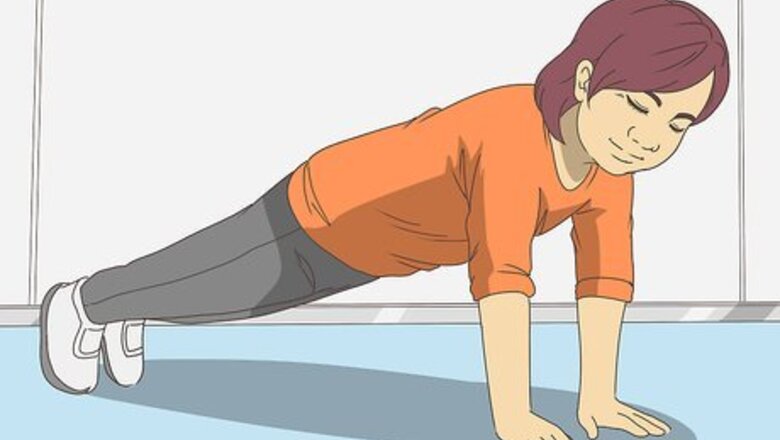
views
X
Research source
CP causes symptoms such as muscle stiffness and poor coordination. Depending on the extent of the palsy, these symptoms may be permanent. However, with lifestyle adjustments, therapy and medication, those diagnosed with CP may be able to improve their mobility and quality of life. In adulthood for people with CP, it can be difficult to find quality information about CP for adults, and to transition to managing CP rather than having parents manage it for you.[2]
X
Research source
Managing Cerebral Palsy Through Lifestyle Choices
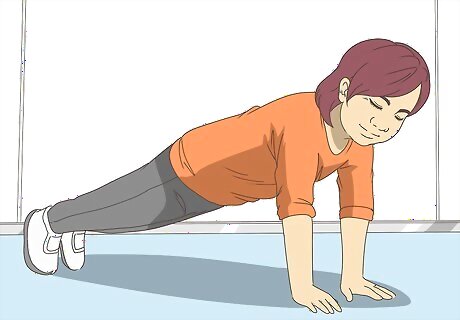
Get regular exercise. Physical activity is recommended for people with cerebral palsy. Cardiorespiratory endurance, muscle strengthening, and reducing sedentary time are key to promoting health and preventing diseases in people with CP. Some people believe that people with CP need to be fitter than non-CP people to prevent problems later in life. Regular exercise may help prevent pain in people with CP, and may help reduce fatigue. In general, people with cerebral palsy are recommended to maintain the same guidelines for fitness as the rest of the population. However, even if you need to build up to the recommended fitness guidelines, it's not all or nothing! If you don't exercise already, start working out. Even if you use a wheelchair, there are still options!
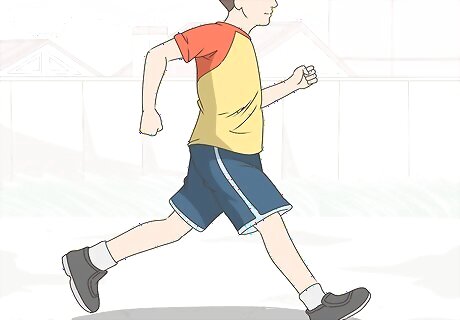
Build up your cardiorespiratory endurance. This means increasing the time you can spend doing physical activity, such as having a goal of walking progressively longer distances without getting tired out. Start with one to two sessions per week and build up from there. There is some evidence that treadmill training can benefit adults, as well as teenagers with CP.
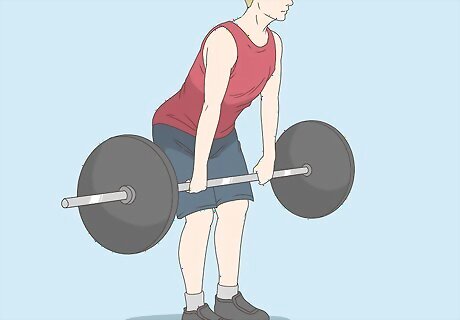
Build up your muscle strength. Building up muscle strength may help reduce spasticity, which will improve your control of your muscles. Start with one to two sessions per week and build up from there. It may help to use exercise machines at the start of training, or if you habitually compensate for your weaker muscles.
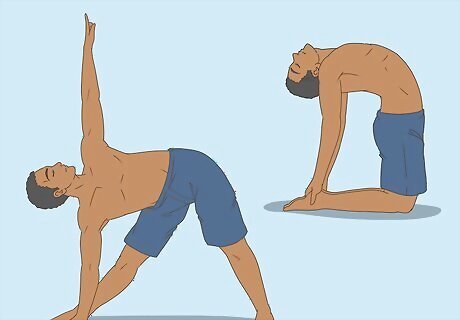
Improve flexibility. Flexibility routines are important for people with CP, particularly people with spastic CP (who are at risk of contracture) as flexibility helps reduce injury. It is important to work within the range of motion you have, and to be careful in assisted stretches (where someone else helps you) if you have impaired sensory input.

Reduce sedentary time. Try to develop an active hobby, such as gardening. Increasing your everyday physical activity can be really helpful if you're getting started. It can be very difficult for people with more severe forms of cerebral palsy to reduce sedentary time.

Take up a handicraft as a hobby. Crafts can help improve or maintain fine motor skills. Examples include beading, papier mache, painting and drawing, card making and scrapbooking, and textile arts such as knitting, sewing, crochet, cross-stitch, tapestry work, and macramé. Of these, crochet and macramé in particular encourage the use of both hands.
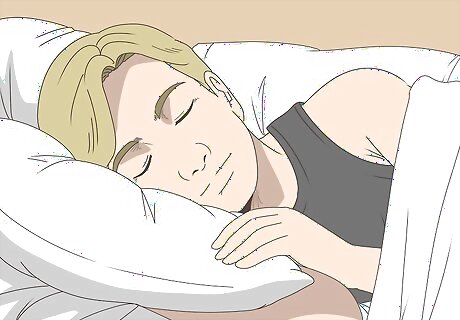
Get adequate sleep. Sleep and rest is as important for people with cerebral palsy as it is for the rest of us. People with cerebral palsy are often fatigued by factors relating to their condition. Adequate rest and regular sleep helps such individuals feel healthy.
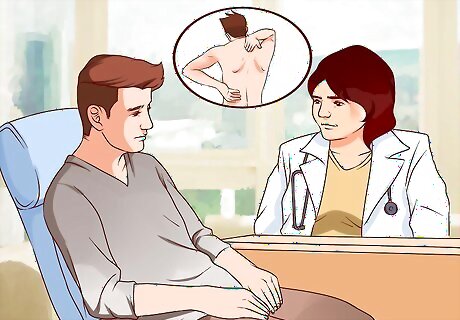
Participate in regular health checks that are appropriate for your age. Regular health checks recommended for the broader population, such as cancer screenings, can be missed out on by people with cerebral palsy. For example, people with cerebral palsy are three times more likely to die from breast cancer.
Managing Cerebral Palsy with Therapy
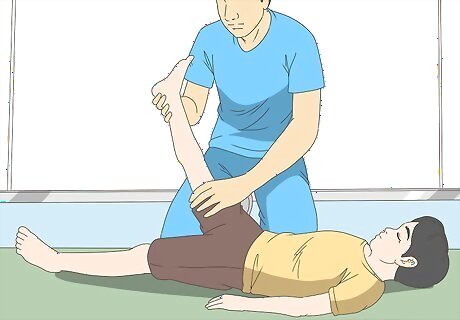
Use physical therapy to improve mobility and build muscle strength. Physical therapy is crucial for people with CP. Start physical therapy at a young age to improve strength, coordination, flexibility, and independent motor functioning. Much of the physical therapy for CP focuses on basic mobility to help patients do everyday things like walk, roll, sit, stand, climb stairs, and get into a wheelchair. The therapy regimen will depend on each person’s individual situation; a therapist will craft a regimen to treat the person’s specific case that might include physical exercises, daily stretches, and muscle relaxation techniques. They may also advise on lifestyle adjustments to support therapeutic goals. Physical therapy will improve someone’s condition and will also prevent worse symptoms, such as muscle contracture, from developing. It is important to attend physical therapy on a regular basis.
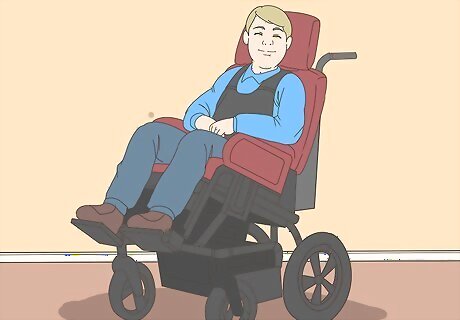
Ask a doctor about using mechanical aids. The person’s situation may call for using assistive devices alongside physical therapy to treat and improve their symptoms. Consult with a doctor about whether the person should be using these devices to better improve motor functioning. Assistive devices range from simple hook-and-loop fastener shoes, casts, and braces to electric wheelchairs, depending on the level of CP and the person’s needs. Certain mechanical aids, like casts and braces, will also promote improvements in posture, mobility, and muscle development, in addition to supporting weak muscles.
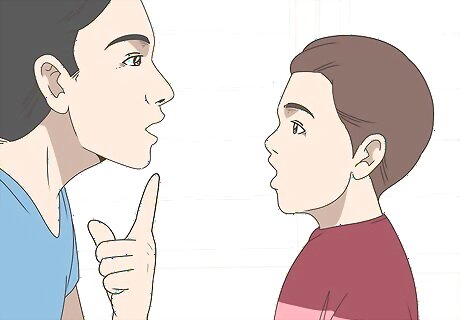
Follow a speech therapy regimen for communicating and eating. Speech and language disorders are very common among CP patients. The person should undergo speech therapy to improve literacy, pronunciation and socialization skills, and to better support learning and education in children. Speech therapy can also help to improve the person’s ability to eat and chew. Children with CP may be particularly self-conscious about their speech. Therapy can help eliminate that self-consciousness, make it easier for children to socialize, and help increase their overall confidence and independence. Common exercises that are used in speech therapy include using language cards and mirrors to help children improve pronunciation; jaw, lip, and tongue exercises to strengthen these muscles; and breathing and blowing exercises to strengthen abdominal muscles.
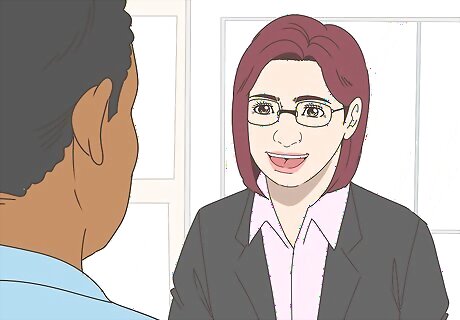
See an occupational therapist to improve skills for work. Occupational therapy in CP focuses on improving arm use and self-care. Occupational therapy is an important aspect of ensuring independence and improving quality of life for teens and adults with CP. A person with CP can use occupational therapy to develop the ability to work as well as carry out household tasks on their own. Occupational therapy will help the person to develop needed skills to work a job and to live independently, such as eating, dressing, and using the bathroom. However, a physical therapist may be more focused on independent living skills while the occupational therapist focuses more on skills that will allow the person to work. In addition to muscle training, occupational therapy might also include incorporating special tools into daily life, such as adaptive scissors and writing implements, special eating utensils, and clothes designed for the person’s particular condition. There’s no age requirement for getting help from an occupational therapist; anyone from childhood onwards can be helped by it!
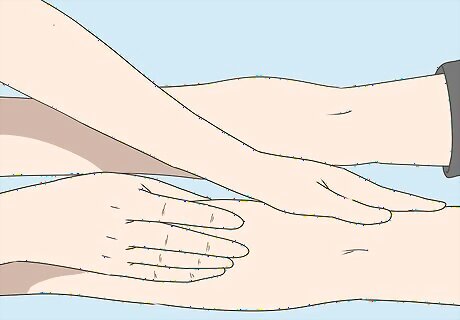
Consider massage therapy for treating symptoms. Massage treatment might help reduce physical symptoms like muscle stiffness and contracture and may promote calmness and concentration. Massage therapy may also improve fine motor functioning in children, which will help them play, socialize, learn, and do all the things other children do! Note that the National Institutes of Health (NIH) has stated that more research is needed to gauge the effectiveness of massage therapy on CP patients.
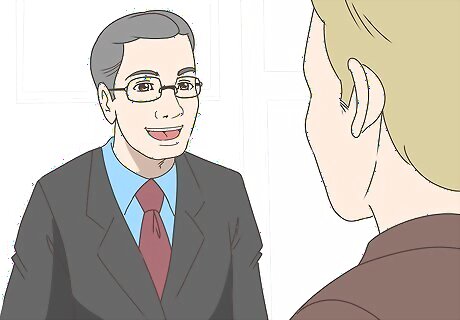
Seek out counseling for psychological well-being. Living with CP can be very stressful. The person should work with a counselor to overcome any mental or emotional issues arising from the disorder, such as depression or anxiety, and promote good emotional health and work on chronic pain coping skills. Behavioral therapy can help children with CP to better understand social situations if they have not had the same opportunities to socialise as typically-developing children. Other benefits that can accrue from seeing a counselor include improving a person’s sense of well-being, developing healthy coping skills for facing difficult issues, and being able to work through difficult emotional issues in a safe environment. The severity of CP symptoms are not related to the severity of mental health problems in someone with CP. Mental health problems in someone with CP instead are linked to levels of stress, management of pain and fatigue, coping skills, or family and social support. A 2019 study has found that adults with CP are more likely to have mental health problems including schizophrenic disorders, mood affective disorders, anxiety disorders and disorders of adult personality and behavior than non-affected adults.
Treating Symptoms Medically
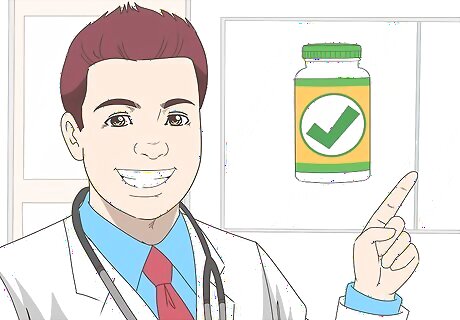
Talk to your doctor about taking medication to combat symptoms. Your physician may want to prescribe medications to alleviate more troublesome symptoms, especially potential seizures, or to treat conditions occurring alongside CP. Treatment regimens involving medication may be used to deal with acute symptoms in the short term or to control chronic issues in the long term. Medications may help alleviate some of the symptoms of CP, so medication will need to be part of a comprehensive and long-term treatment strategy. Some medications may themselves have side effects, such as anticholinergics being used to treat drooling, but increasing the risk of constipation.
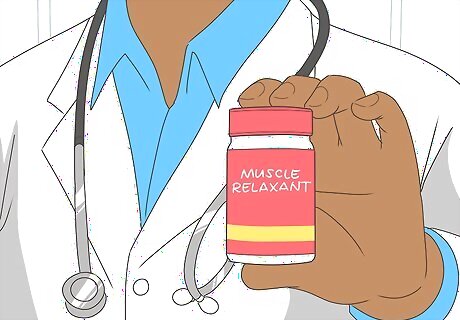
Ask about being prescribed a muscle relaxant. Muscle relaxants will relax stiff muscles and may help treat muscle contracture. Consider using muscle relaxants if the person needs mild improvement in muscle tone or suffers from widespread contracture. Most muscle relaxants are taken orally. However, a doctor may use an injected relaxant (like Botox) to bring about muscle relaxation in specific muscles lasting 3 to 6 months. Muscle relaxants can have mild to serious side effects, ranging from drowsiness to significant changes in blood pressure. The person should make sure to monitor for harmful side effects while taking a muscle relaxant and talk to their doctor about other conditions that may arise. Medications to relax muscles may be prescribed to children and adults alike. Each case is unique and requires its own special regimen of treatment! The 3 most commonly used medications are diazepam, baclofen, and dantrolene.
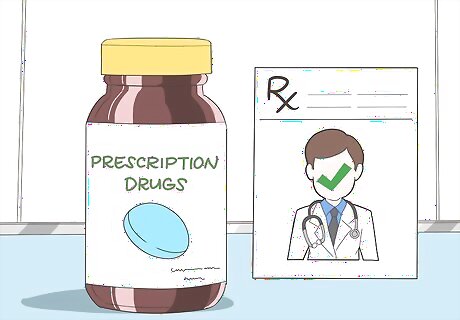
Use prescription drugs to prevent possible seizures. Around 1 in four people with cerebral palsy have epilepsy, which causes seizures. The person should work with their doctor to determine what medication works best for them. There’s no single drug that will control all types of seizures. At the same time, 2 people experiencing the same type of seizure may be on different medications. The person will need to work with their doctor to determine what medications work best for them. Some people may require a combination of medications to get their seizures fully under control. Always follow your doctor’s dosage instructions when taking prescribed medication.
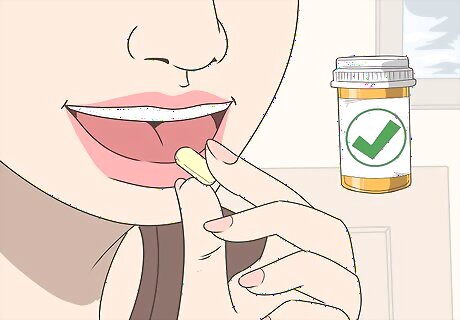
Take medication to control conditions that occur along with CP. The person may develop depression, chronic pain, or digestive problems in connection with CP. They should talk to a doctor and see if they should be taking medications to treat these issues. For example, a digestive problem like constipation might improve after taking stool softeners and mild laxatives to promote regularity. Although some issues, such as chronic pain, may be best treated by a prescribed medication, many of these problems can be treated with conventional measures. The person should ask their doctor what would be most appropriate for them.
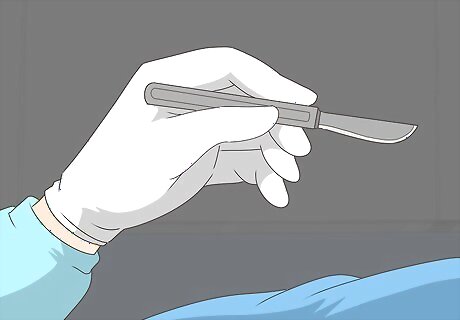
Consider surgery to treat symptoms. If therapy and medications are not enough to alleviate the worst symptoms, surgery may be required to provide relief. A doctor or a specialist can determine whether surgery is the best option for someone with CP. The most common surgeries for patients with CP are usually orthopedic, neurological, visual, or gastrointestinal in nature. Surgery is usually recommended when patients suffer from severe muscle contractures that cause serious mobility problems. Surgeons often treat this issue by surgically lengthening contracted muscles and tendons or by severing over-activated nerves in the legs. Neurosurgery methods of treating the symptoms of CP are somewhat controversial and have mixed results. Only use them as a last resort when all other treatment methods have failed.


















Comments
0 comment